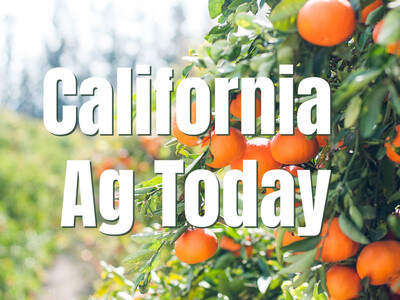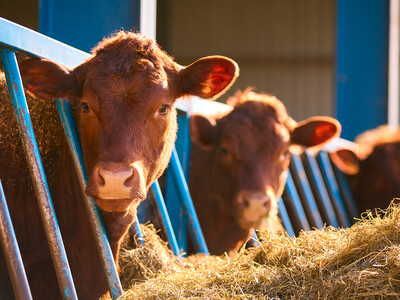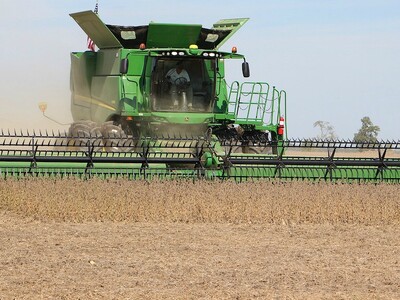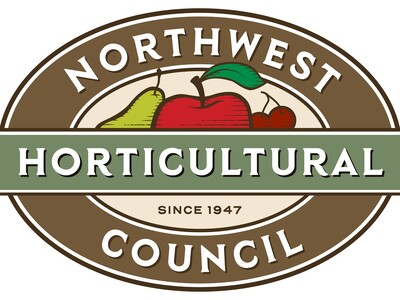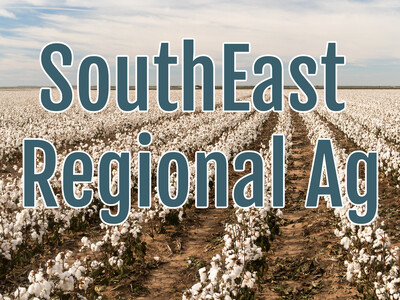Nutrient Density - Part One

Tim Hammerich
News Reporter
Not all calories are created equal. At the grocery store consumers see labels for organically grown or non-GMO crops with the implication being that these foods are inherently healthier for them. Dan Kittredge, Founder of the Bionutrient Food Association, suggests consumers should instead be focusing on the actual nutrition of the end product rather than these unmeasured metrics.
Kittredge… “So all these modalities are talking about different techniques and processes, but who's talking about results. You know, permaculture doesn't have a results metric. Organic does not have a results metric. You know, they're talking about practices and techniques and so. It seemed to me to make sense that there was nutrient variation in food that the quality of the food should be the thing that we're focusing on being our objective.So it's not about the volume per se, but about the nutritional value.”
But what is the value of understanding nutrient density? And what value does the BFA offer consumers to make the best selections?
Kittredge… “So, if you talk to a food scientist, they'll tell you that kale is more nutrient dense than rice, because it has more average nutrients per calorie than rice does. And so we are in the process of, I would say, developing a new definition for the term. And our focus is on this kale versus that kale or this rice versus that rice and defining the nutritional continuum within those crops.”
BFA is in the process of creating a tool and index for consumers to evaluate nutritional values in real time and go beyond arbitrary labeling.




